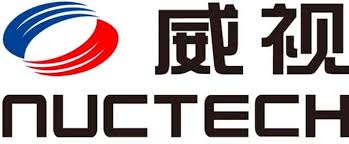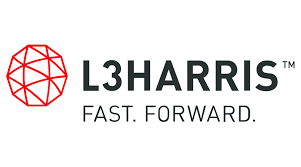Multi-Modal Data Fusing is the Future of Airport Security
|
The combination of terror threat, the shortcomings of existing technologies and governments’ willingness to spend, provide for a new fast growing Airport Security market in the coming decade According to HSRC’s latest report Global Homeland Security & Public Safety Market – 2014-2022, nearly 25% of current airport operating costs are related to the costs of purchasing and running security technologies (compared with only 8% pre-9/11). Despite these costly expenditures, the performance of these systems leaves much to be desired. Unacceptably high false alarm rates, overlooked threats, poor passenger experience, as well as the high cost of personnel will continue to drive the market for high-end technological solutions. There is no “silver bullet” security protocol or technology that can keep up with the increasing sophistication of the 21st century terrorists. Thus, HSRC forecasts that in the future, multi-threat, interconnected detection modalities that are fused with security and other databases will dominate the market. |
 |
| Airport Security Multi-Modal Fused Systems (source: DHS) |
|
Some of the detection signatures include:
|














